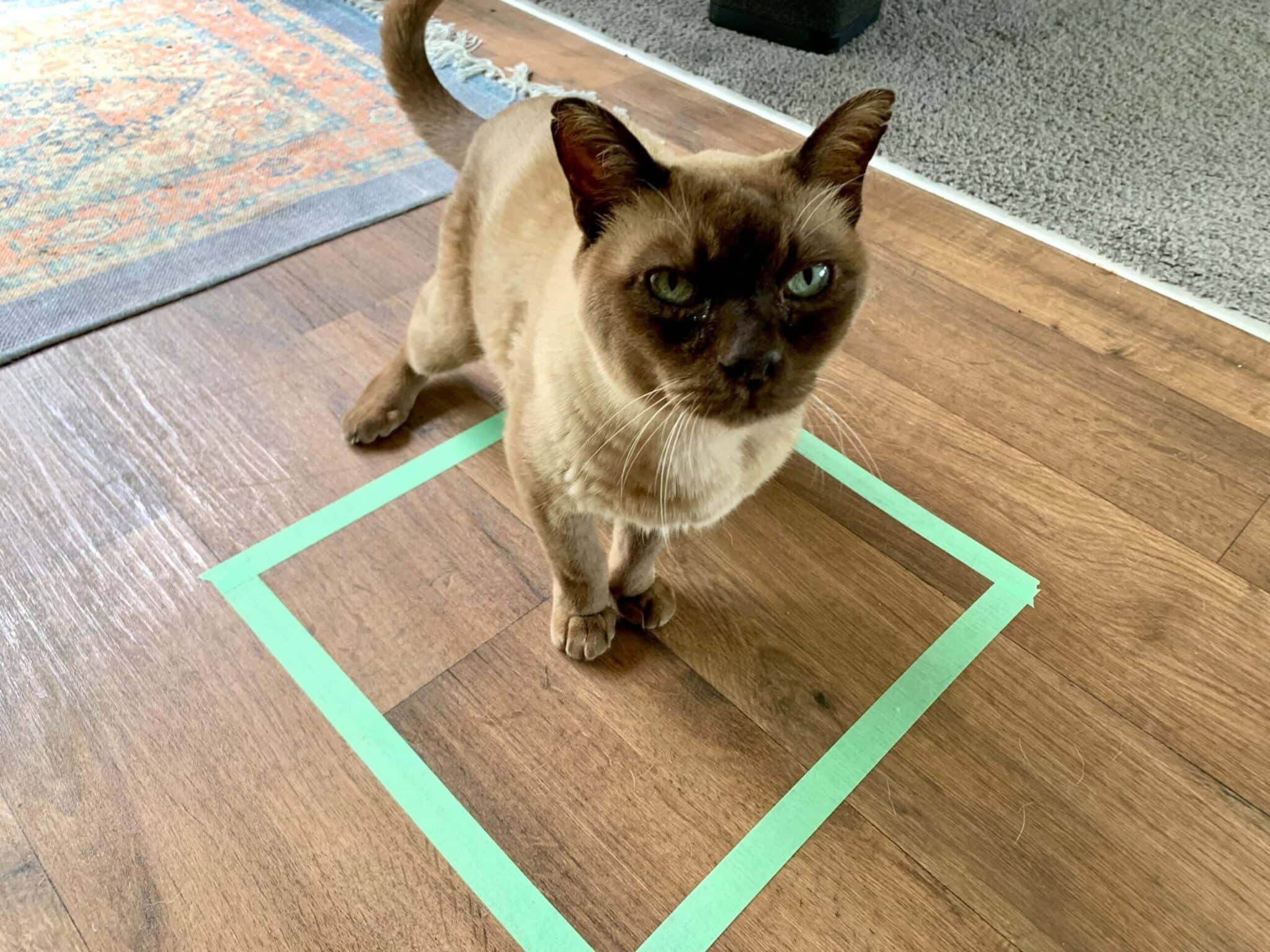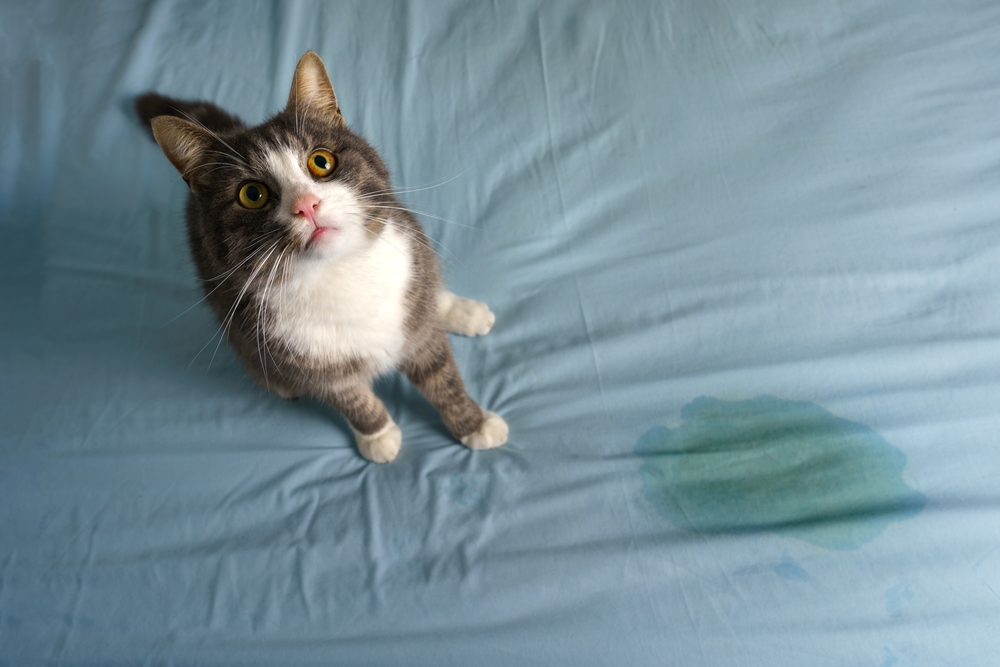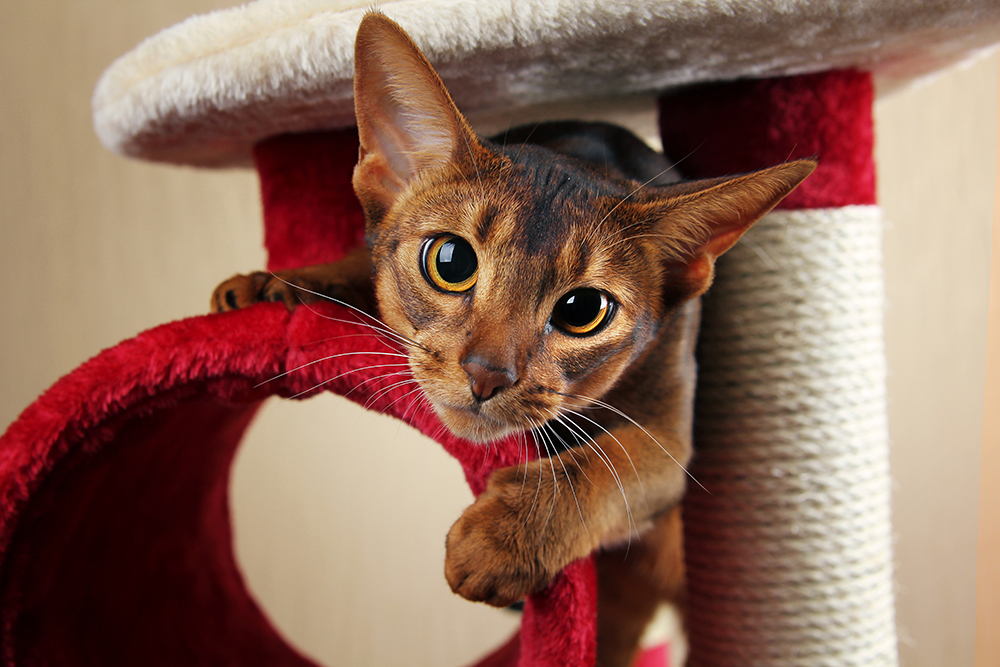If you’ve owned a cat for at least 24 hours, you likely already understand the power of the bunny kick. It’s cute when a cat bunny kicks toys, but it’s not as cute when it becomes your arm, hand, foot, or leg. All cats bunny kick, and it’s only a matter of time before your cat uses its powerful back legs against you. Usually, it’s nothing personal. But why do cats do it?
Bunny kicking is both a form of self-defense and hunting tactic. There are three main reasons why cats bunny kick, and we’ll let you know how to prevent damage to your arms and hands in the future.
The 3 Common Reasons Why Cats Bunny Kick
1. Self-Defense
Felines are prey as much as predators. Their primordial pouch helps protect their abdomen during an attack, but sometimes that’s not enough. A cat’s powerful back legs and sharp claws propel predators away from their bodies, giving cats a chance to fight or run.
Even when you’re playing with your kitty, these instincts may kick in. It’s thought to be similar to when you cover your stomach with your arms for protection. You can’t help it, and neither can your cat.
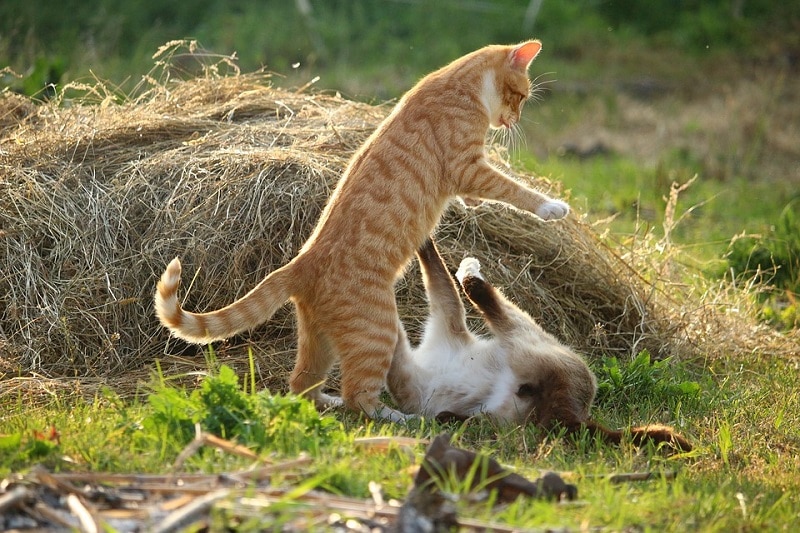
2. Stimulation
If you’ve ever been tickled against your will, you know how overstimulation can result in a few slaps and scratches. Any time you offer full-body pets or tummy tickles, you put energy into your cat, causing overstimulation. Rapid fire bunny kicks are a natural response to this.
3. The Hunt
Would a cat be a predator without the hunt? Probably not! Cats not only use their bunny kicks to ward off predators but also to slay their lunch. This isn’t as common with smaller prey, like rodents and birds, since the claws and teeth do most of the work. Still, larger prey, like rabbits and squirrels, could undoubtedly feel the wrath of the bunny kick.
Any time you play with your cat, you trigger the natural hunting instinct, so your cat will bunny kick to attack the “prey,” which just so happens to be you!
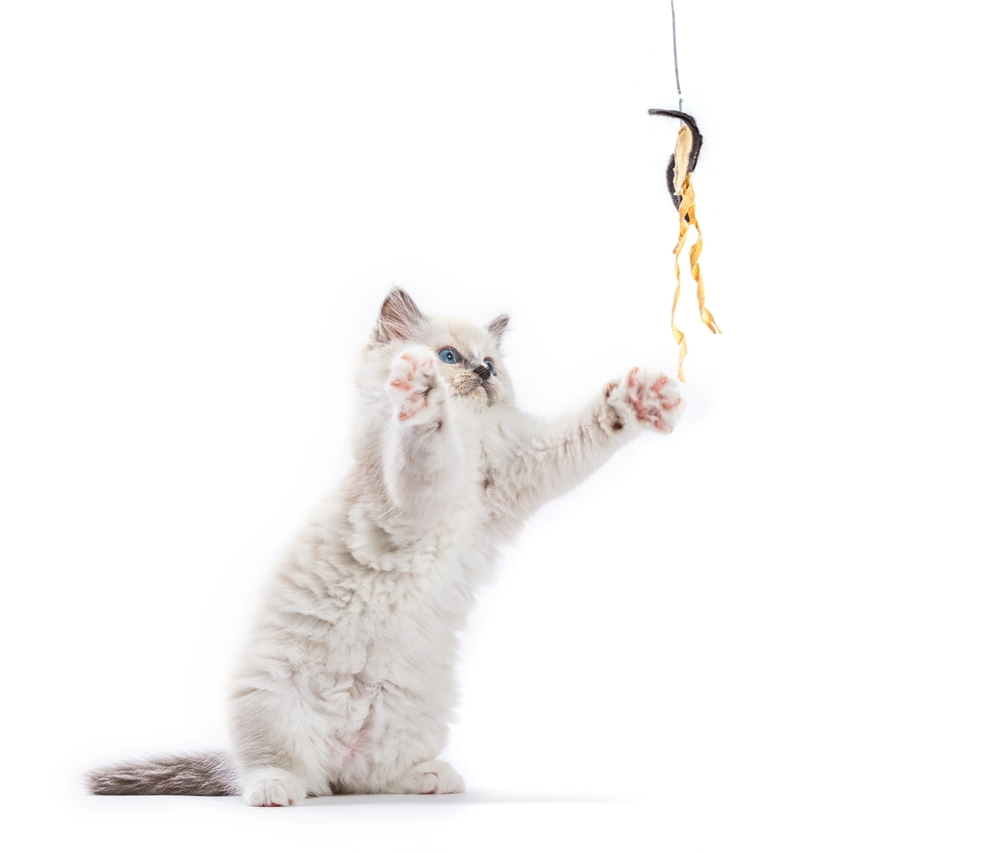
Should I Let My Cat Bunny Kick Me?
You should discourage your cat from bunny-kicking you as much as possible. On the surface, it seems harmless (minus the scratches, which can be severe if your cat has sharp claws). But your cat learns that hands or feet are okay to hunt and attack over time. It won’t just be your hands or feet, either. Everyone’s hands and feet will become prey.
We don’t want to encourage aggressive behavior in our cats, so it’s best to prevent bunny kicks before they occur. Of course, this doesn’t mean you can’t play with your cat. It simply means you change the way you play with your cat.
Resist Tummy Tickles
The most common reason that cats bunny kick their owners is tummy tickles. It’s hard to resist the fluffy belly, especially when cats roll on their backs willingly. It’s a sign of love and respect, but this doesn’t mean it’s an invitation to tickle the tummy. Resist the power of the belly, and you’ll avoid the power of the kick.
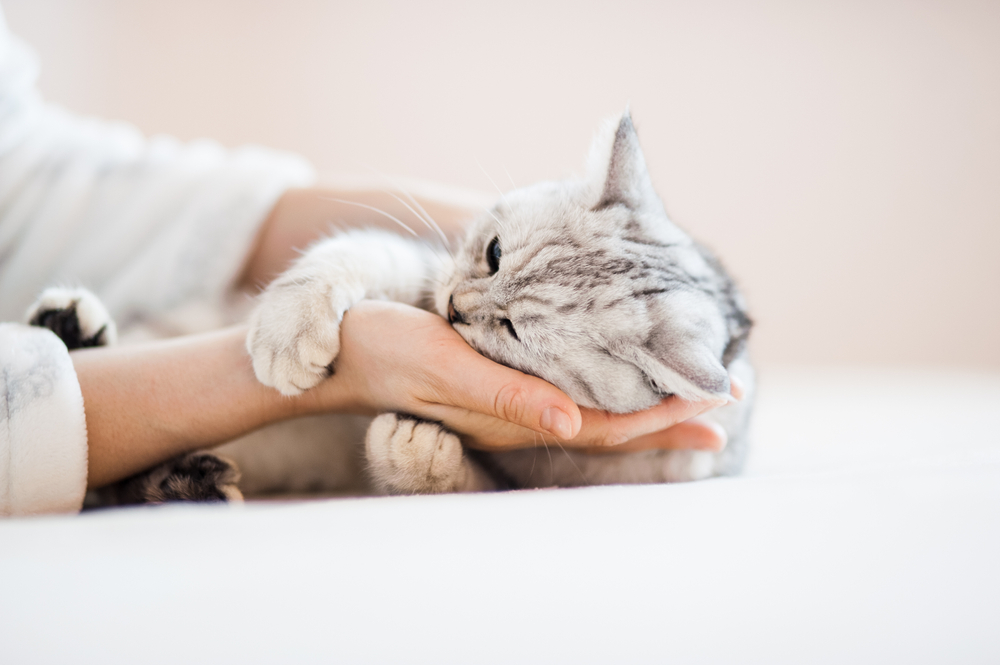
Use a Toy
Using a toy is the best way to avoid injury when playing with your cat. Give your cat a toy that mimics the hunt as naturally as possible, like plush mice or feather toys. Cat playtime mimics the hunt, so your cat will have claws out, ready to pounce.
Learn Cat Body Language
Learning cat body language is a big part of cat ownership. Cats usually communicate their wants and desires through body language more than vocalizations. If your cat doesn’t like something, they will give you a warning sign. Some behaviors are common in all cats, and some are unique to your cat.
Watching the tail is a great way to observe your cat’s mood. A fast, whipping tail is almost always a sign of anger. Sometimes, a cat will turn their back to you to close you out. Short grooming sessions are another sign that “the line” was possibly crossed. So, it’s best to stop touching your cat and give them space if you notice any of these signs. Your cat will show you when they’re ready to play again.

How to Stop Bunny Kicks in the Middle of a Play Session
If you’re already playing and your cat has your arm in a bunny-kick arm lock, here’s what you can do:
Most owners respond by pulling their arm back or prying their cat off their arm, but this only results in more arm scratches and probably an angry cat. Try to avoid doing this if you can. Instead, stop touching your cat and give a verbal cue. This can be a “tss tss tss” or an “ah ah ah” or a quick “no”—anything that tells your cat the play session has gone too far.
Grab a toy (or any object that fancies your cat) to distract them. Your cat should remove their grasp from your arm. It’s also a good idea to ensure your cat’s nails are trimmed if they have a tendency to bunny kick you, as this will minimize the odds of their claws drawing blood. If you are still experiencing issues with your cat’s behavior, the best thing you can do is ask your vet for advice.
If you need to speak with a vet but can't get to one, head over to PangoVet. It's an online service where you can talk to a vet online and get the advice you need for your pet — all at an affordable price!
Conclusion
Cats are natural hunters and often react in a predatory way, regardless of whether they’re happy or angry. They don’t mean to hurt you, but cats can’t help it, either.
The best way to avoid bunny kicks is to avoid playing with your hands. Use a toy designed to stimulate your cat’s natural hunting instinct. Your cat will love it, and you’ll enjoy playing with your cat even more.
See Also:
- Do Cats & Rabbits Get Along? Our Vet Explains the Risks & Options
- How to Introduce a Cat to a Rabbit (5 Vet-Reviewed Tips)
Featured Image Credit: rock-the-stock, Shutterstock




